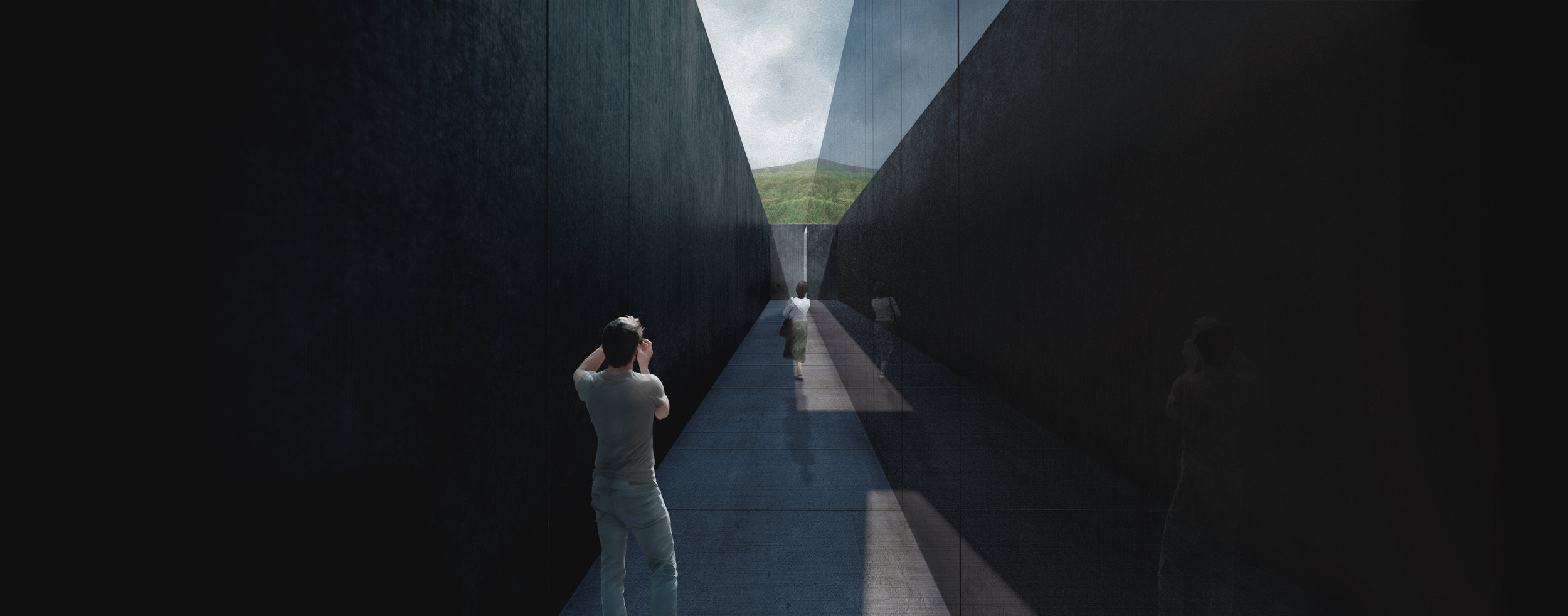A new future for Hobart's "Female Factory"
The site of the Cascades Female Factory in Hobart, where women prisoners were incarcerated in the 19th century, is going to be redeveloped.
Snøhetta, in collaboration with Liminal Studio and Rush Wright Associates, has won a competition to design a new History and Interpretation Centre at the site in Tasmania.
The Cascades Female Factory is a UNESCO-recognised historically significant site. The penal colony for female convicts operated there for nearly 30 years, imprisoning more than 6,000 women.
Consisting of a rectilinear building and landscaped courtyard, the centre will perform an educational role, recognising the cultural, political and social foundations laid by the convicts who served there. It will express the struggle of dualities such as imprisonment and liberty, punishment and reform, and horror and hope.
The former Cascades Female Factory in Hobart is a UNESCO-recognised site.
The development will include an “empathetic amphitheatre”, or “empatheatre”, an open forum to be used for performances, education and events, as well as a wild garden which will represent the process of healing by covering former cell buildings with fresh new growth.
An educational exhibition space is designed to have sections of transparent flooring, providing glimpses of the existing excavated foundations, and a labyrinth with proportions replicating the cells of the Female Factory.
The path into the History and Interpretation Centre will be flanked by tall walls which leave the sky as the only connection to the outside world. This is designed to remind visitors of the misery that must have been felt by the women imprisoned at the factory.
This part of the design references the feeling of imprisonment experienced by the inmates at the 'factory.'
Snøhetta states that the historic foundations will be “referenced and expressed with sensitive landscaping.” By leaving indications of the excavation process in the landscape design, the layers of occupation, settlement, imprisonment and industry are acknowledged, and the historical significance is preserved.
One of the specifications of the competition was that the designs teams needed to have a substantial proportion of female participation, and the entries were judged by an entirely female jury.

